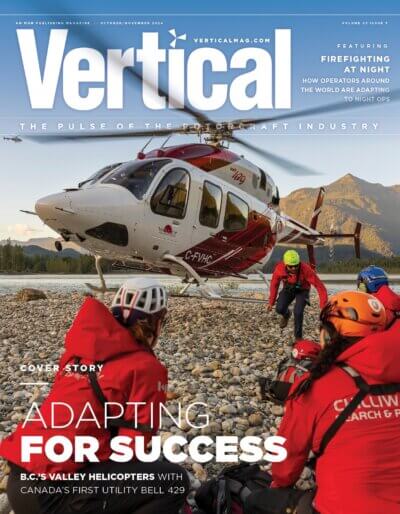BUYING A HELICOPTER
Business uses for a personal helicopter
Aircraft brokers share advice on how a new helicopter owner can offset helicopter ownership costs.
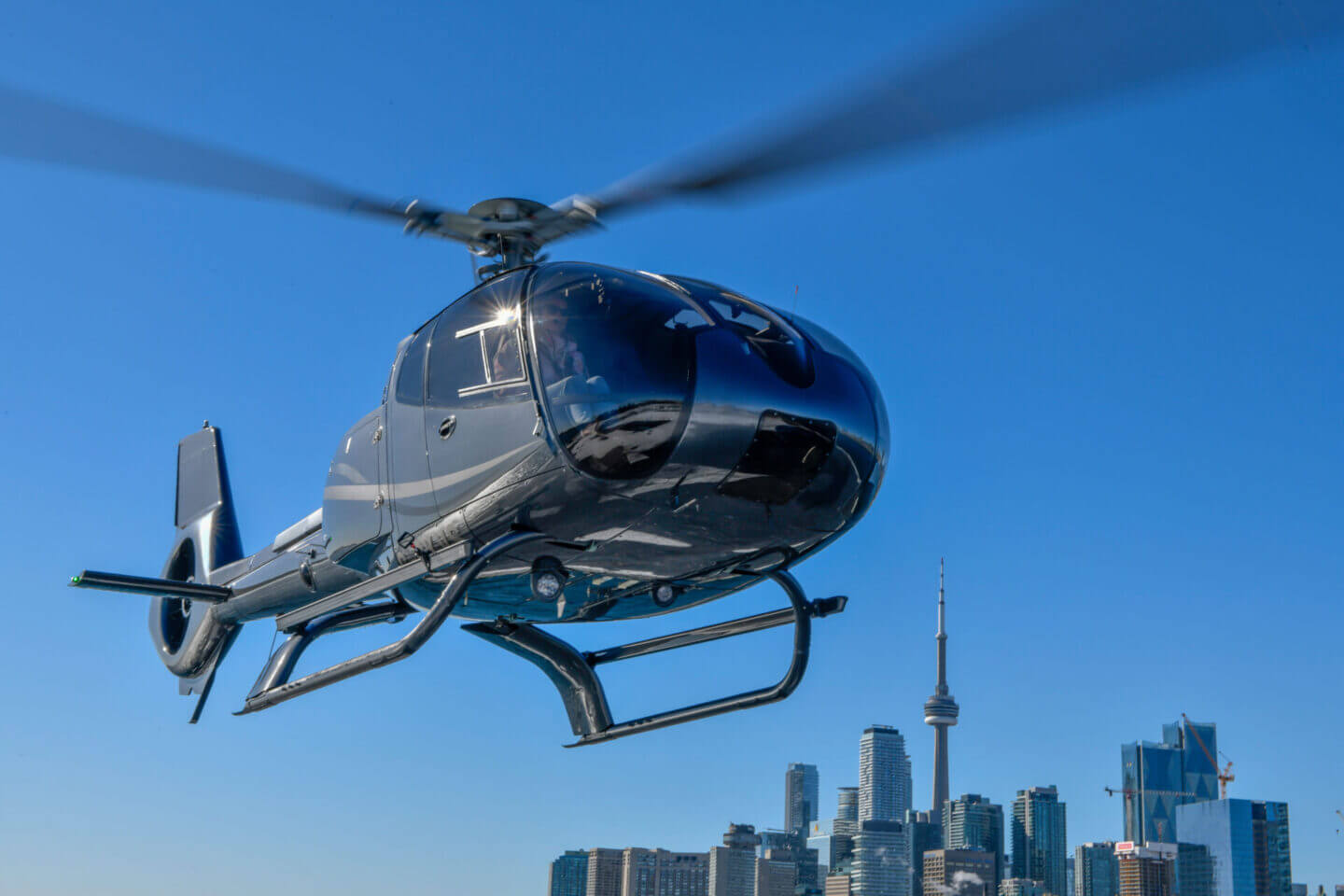
By: Jen BoyerPosted on: September 3, 2024
It’s a common question for those looking to acquire a helicopter. How can I offset the purchase and operating costs of my helicopter?
Fortunately, there are options that can help lower annual costs, from leasing the aircraft to using it as a part of your own business. We talked to a couple of aircraft brokers to get their advice on how a new helicopter owner can offset helicopter ownership costs.
Lease to a commercial operator
Michael Bashlor, managing partner of Meridian Helicopters in Broussard, Louisiana, works a great deal with Bell 206L helicopter refurbishment, sales, brokerage and leasing in the $1 to $1.7 million price range — where his customers often have insurance rates between $50,000 to $120,000 a year. He’s seen several of his customers find leasing relationships to help reduce out-of-pocket costs.
“There are some Part 135 commercial operators out there that have an occasional need for a helicopter, but not enough to justify the full purchase price and operating costs of adding another aircraft to their fleet,” Bashlor said. “Partnering with one of these companies can be a real benefit. They’ll put your aircraft on their 135 certificate, which means they have to inspect it and maintain it to that level. That is a plus for you, the owner. You can work with them to set up your own lease terms.”
Common leasing scenarios include a call-when-needed basis, certain days of the week, or full time for a short contract period. Bashlor also suggested owners can work out arrangements that have the lessor covering costs directly. For instance, the lessor could put the aircraft on their insurance, listing the owner as additional insured — an arrangement that can be far less expensive than the owner acquiring insurance alone. Hangar space and maintenance could also be included. All of these would reduce the cash price per hour paid to the owner, while certainly lowering the owner’s direct costs.
“You can draw up your lease agreement pretty much however you like,” Bashlor said. “However, I caution you to review the companies, financials, maintenance practices, type of operations, pilot experience, training, and safety procedures before you commit. After all, it is your aircraft.”
Scott Wagner, vice president of sales at Helicopter Marketing Associates, not only sells helicopters but also maintains his certified public accountant credentials. He agrees leasing the aircraft can offset personal expenses, but income made from leasing must be reported appropriately on taxes.
“I highly recommend owners looking to lease their aircraft consult with an attorney for the lease agreement and a tax advisor to ensure you know what your tax situation will be ahead of time should there be an audit,” Wagner said.
The downsides of leasing include the potential of not having your aircraft when you want it, Bashlor said. This is a good option for people who are flexible with when they want to fly the helicopter.
Wagner also advises owners to consider wear and tear. He warns that there is the potential the aircraft will not be treated as carefully as the owner may have cared for it.
Use for your business
Many helicopter owners have businesses where an aircraft can come in handy. Flying between business locations; flying customers to your factory location to pitch your business; flying real estate customers over properties to consider for purchase; or, flying to a convention for your business, are all legitimate business uses of the aircraft.
In those scenarios, Wagner says there are a couple of ways to offset costs. One is to write off the hours much like you would write off mileage on business use of your personal car.
“There are plenty of sources of documentation on the cost per hour of your type of aircraft,” he advised. “Be sure to keep clear documentation of your operating costs, insurance, fuel, etc., and how many hours you flew that year. Dividing that overall cost by the number of hours gives you a reasonable hourly rate that IRS will accept for you to write off.”
Another option is leasing the aircraft to your company. Most aircraft owners create an LLC to own the aircraft for liability and tax purposes. That LLC could lease the aircraft to your company under whatever terms you draft. Again, Wagner recommends consulting legal and tax professionals to determine the best way to do this for your needs, as taxes are owed on any income gained from the aircraft’s use.
Putting your company’s logo on the aircraft can also provide the opportunity to write off marketing expenses. Although, it can get tricky based on the aircraft’s use so, again, check with a tax professional, Wagner warns.
Wagner also warns against having your business purchase the aircraft directly if it will be used mainly for personal use, as that can lead to hefty fines if you’re not reporting the personal use and paying the appropriate taxes.
Perform commercial work
Without your own Part 135, you can still legally perform some types of work with the helicopter for compensation if you have a commercial license, Bashlor said.
This work falls under Part 91 and can include photo flights and area tours within 25 miles of the flight’s point of origin if the aircraft takes off and lands from the same point. Under Part 91, you cannot transport people or cargo between two points for compensation.
Charity work
Owners can also use their aircraft for charity work. Examples of this include flying blood for blood banks between locations, transporting rescue pets, helping deliver supplies in a disaster, flying Santa Claus to a charity event, golf ball drops, etc. Ensuring the work is for an IRS-recognized charity allows the owner to write off the hours flown.

Airbus EC120B
Contact seller for price
Year: 2001

Airbus AS350B3
USD $ 1,599,000
Year: 2004
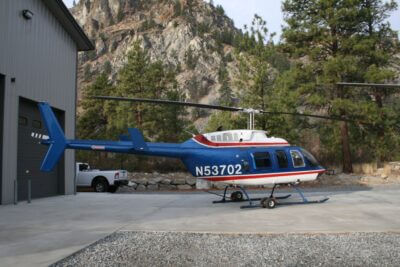
Bell 206L3
Make an offer
Year: 1992

Bell 206L4
Make an offer
Year: 1996
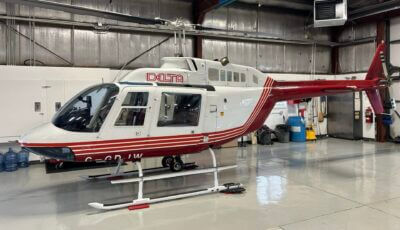
Bell 206B3
Contact seller for price
Year: 1979

Bell 206B3
Contact seller for price
Year: 1980

Airbus AS355F2
Contact seller for price
Year: 1992

Bell 206B3
Contact seller for price
Year: 1973
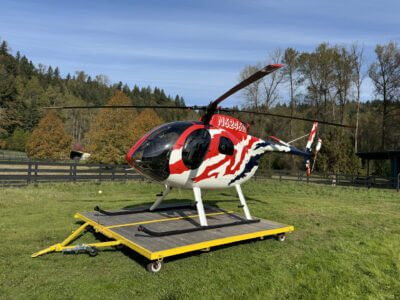
MD Helicopters 369A
Contact seller for price
Year: 1968
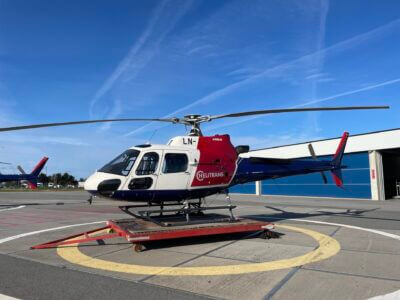
Airbus H125
EUR € 2,400,000
Year: 2020





